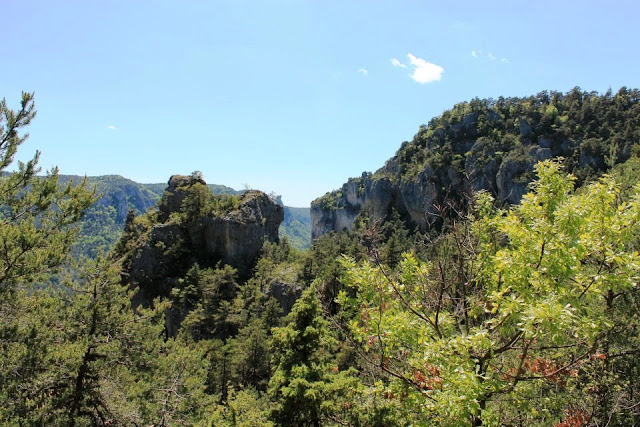Previous BIOPHILIA posts have addressed the destruction and degradation of natural process as a result of our drive for expansion, extraction and an overpowering sense of a need for progress. Discussions on the role of conservation organisations, international governance and centralised strategy have often pointed to failure as a result of the human condition. Is it that our very nature has led us along the path of destruction, or can we escape the downward spiral by coming to terms with what it means to be
Homo sapiens? Philosophers and poets are often addressed when searching for The Answer, but I prefer to ask the evolutionary biologists. This may seem dismissive and self-congratulating, but given my training, I increasingly see life and mind anchored to a physical basis, with humanity originating as a biological species in a biological world.We have evolved our intelligence, both through selfish genes as promoted by Dawkins and selfless altruism as elucidated by Hamilton.
Rather than being born with the mind as a blank slate, man is born
rather with a pinball machine. We have evolved channels, predisposed to
certain adaptations which have served our ancestors well, but the
direction our ball takes is changed according to the environment around
them. A stronger push at the start will lead to a change in trajectory.
As Wilson discusses in "On Human Nature", we are predisposed
to cultural acquisition, whether that be language, behaviour or religion,
but it is our environment which determines their influence. Culture may
be an environmental construct, but its adoption is already rooted in
our genes.
 |
| Like the inside of this guy's turban, our newborn mind is a multichanneled pinball machine |
To hand over the responsibility of our being from angels to alleles is not easy, as illustrated by the tragedy of George Price. Early on in life, his elevated intellect gained him a position on the Manhattan Project, the scientific drive for creation of the atomic bomb. He soon became disillusioned with the development of tools which strove to destroy, and instead dedicated himself to understanding the genetic basis of altruism, our innate drive to support others. By elaborating the importance of inclusive fitness, and the protection of the genes shared by our closest, it also revealed the darker side of gene based cooperation: spite against non-relatives. The discovery of this selfish reasoning for kindness disturbed Price deeply, so much so that he dedicated the rest of his life to acts of goodwill to complete strangers, providing a home to the homeless, increasingly sapping his own reserves in the process. Acts of theft combined with his own extremism led to him to destitution, depression and alienation, eventually pushing him to suicide on January 6th, 1975.
 |
| A young George Price |
The saddest part of the story is that Price's revelations in the field of evolution, when combined with more recent developments, should be a cause for celebration. By demonstrating that nature is hardwired to cooperate amongst its own shows that whilst humanity has developed a social structure based on personal reproductive success, it is also founded on the benefits of group membership. We have evolved the ability to memorise, construct scenarios, and plan strategies in relation to others in our clan. Off-shoots of this mental buildup include morality, conformity, and imagination. It is also human to value achievement, but to level ill-merit, inequality within social-systems is eventually addressed because it is immediately obvious to other members of the group. In essence this is a biological founding for justice, honour and human rights.
And so to the future. What strategies will our society adopt to face ever changing situations? We can be sure at least, that those most adapted to the new conditions will survive, but also that these strategies will favour not just closest kin, but also our globalised community. We will strive to survive based on the essential components of human nature: aspiration, compassion and creativity.
This post was inspired by the unstoppable force of E. O. Wilson, the bloody handball to my Tom Hanks Castaway. For more on the genetic basis for human nature and social cohesion, read his books "On Human Nature" and "The Social Conquest of Earth".
















































